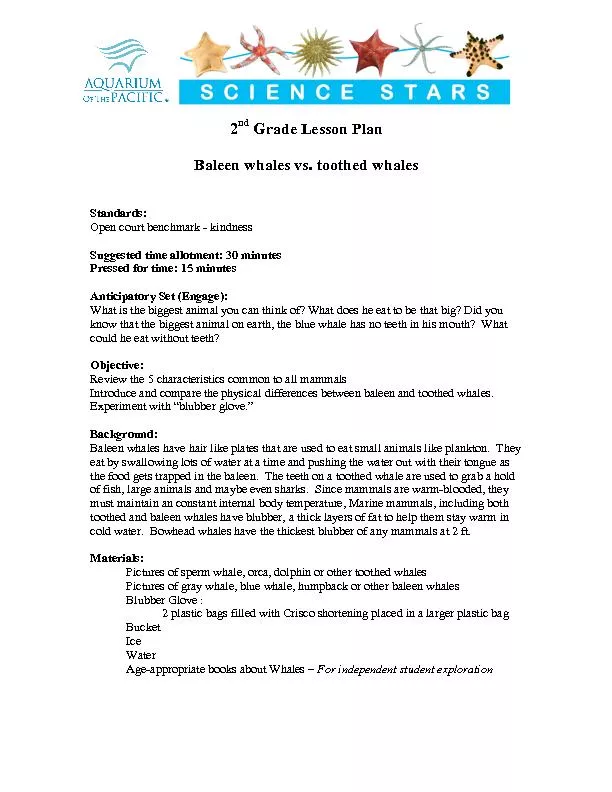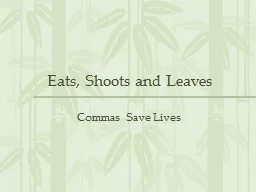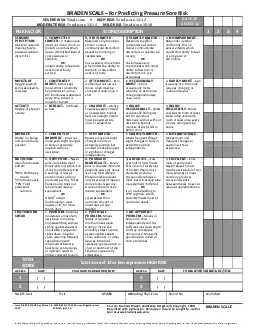PPT-HYDROLOGY HYDROLOGY What has a bed, but never sleeps? What has mouth, but never eats?
Author : trish-goza | Published Date : 2018-11-05
a lways babbles but never talks HYDROLOGY Water is possibly the worlds most important commodity Water makes life possible on any planet Thats why we are always
Presentation Embed Code
Download Presentation
Download Presentation The PPT/PDF document "HYDROLOGY HYDROLOGY What has a bed, bu..." is the property of its rightful owner. Permission is granted to download and print the materials on this website for personal, non-commercial use only, and to display it on your personal computer provided you do not modify the materials and that you retain all copyright notices contained in the materials. By downloading content from our website, you accept the terms of this agreement.
HYDROLOGY HYDROLOGY What has a bed, but never sleeps? What has mouth, but never eats?: Transcript
Download Rules Of Document
"HYDROLOGY HYDROLOGY What has a bed, but never sleeps? What has mouth, but never eats?"The content belongs to its owner. You may download and print it for personal use, without modification, and keep all copyright notices. By downloading, you agree to these terms.
Related Documents














